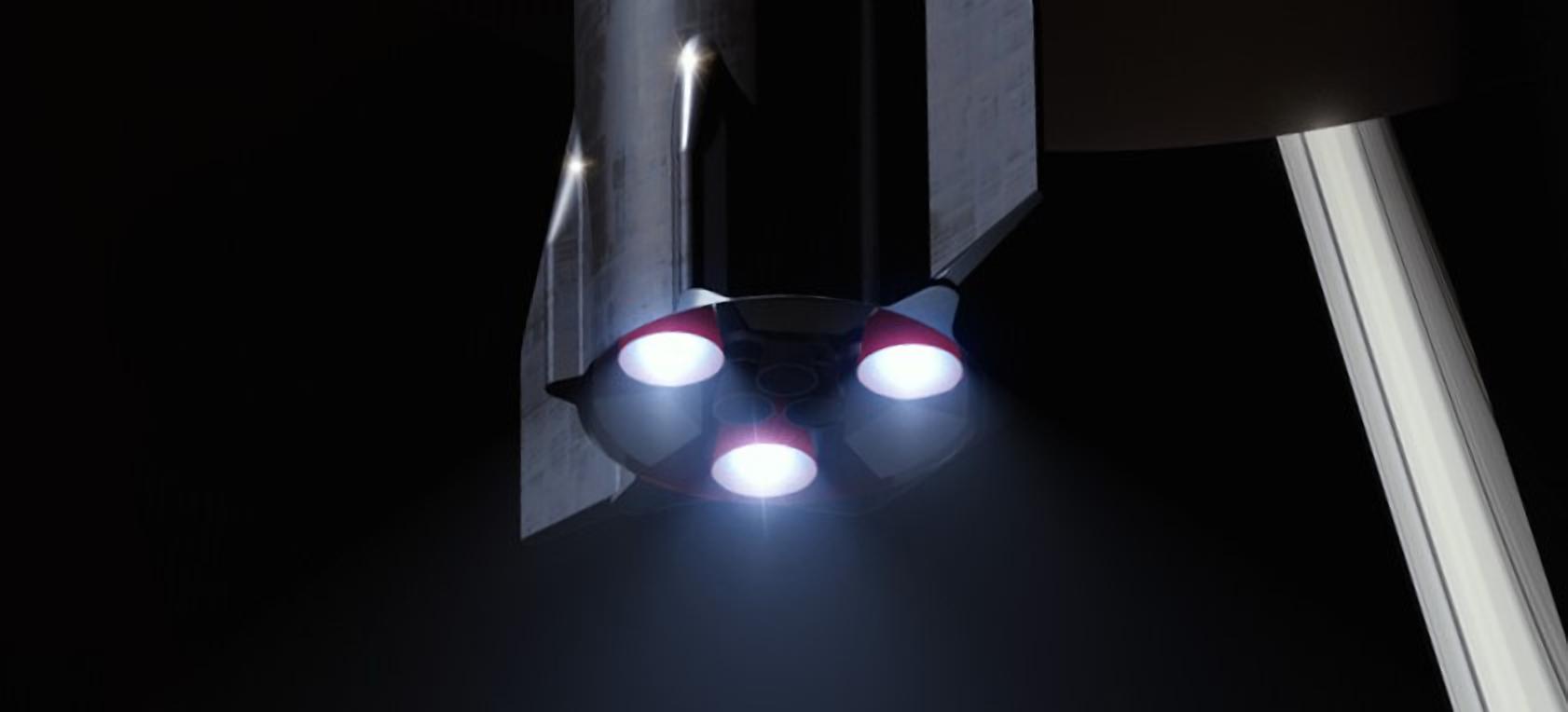
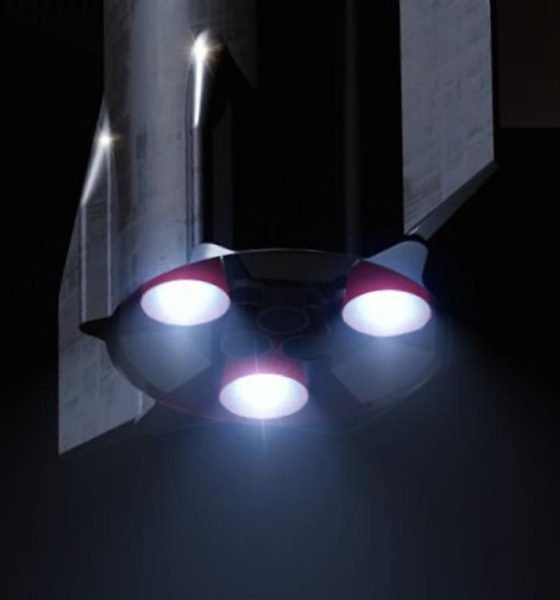
News
SpaceX’s first orbital Starship rocket engine is almost ready for testing
CEO Elon Musk says that SpaceX is “about a month away” from testing a rocket engine that will be essential for Starship and its Super Heavy booster to reach their full potential.
Known as Raptor Vacuum, the engine – as its name suggests – is a variant of the base Raptor engine optimized for maximum performance and efficiency in the vacuum of space. Although Starship could technically still function and likely reach orbit with only sea level-optimized Raptors installed, it would likely significantly limit the amount of payload it could carry into Earth orbit and would especially harm the ship’s performance to higher orbits and other planets.
Back in May 2019, Musk revealed that SpaceX had shifted gears again, forgoing a plan to begin orbital Starship flight operations with only sea level Raptors, gradually designing and phasing in RaptorVac engines much further down the road. Instead, SpaceX restarted (relatively) urgent work on the vacuum variant and Musk hinted that it would “aspirationally” be ready to support launches in the near term. A few weeks shy of a year later, Musk says that Raptor Vacuum testing could begin as early as June 2020.
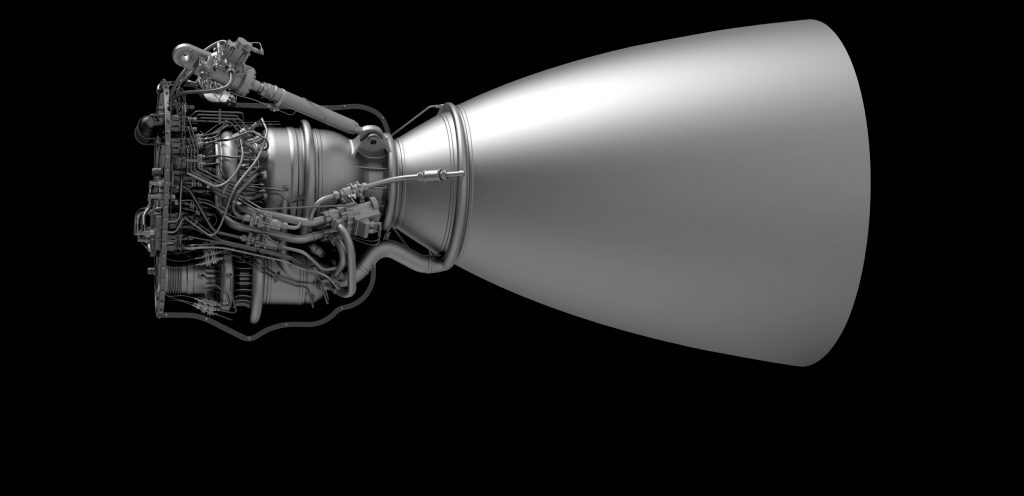
For a variety of reasons, even if based directly off of an existing design, vacuum-optimized engines are typically much more complex than a comparable sea level variant. While efficiency is always relatively important for rocket engine design, it becomes even more paramount when dealing with vacuum rocketry, as the entire point of a dedicated vacuum-optimized engine is to eke as much efficiency as possible out of a launch vehicle’s orbital stage(s).
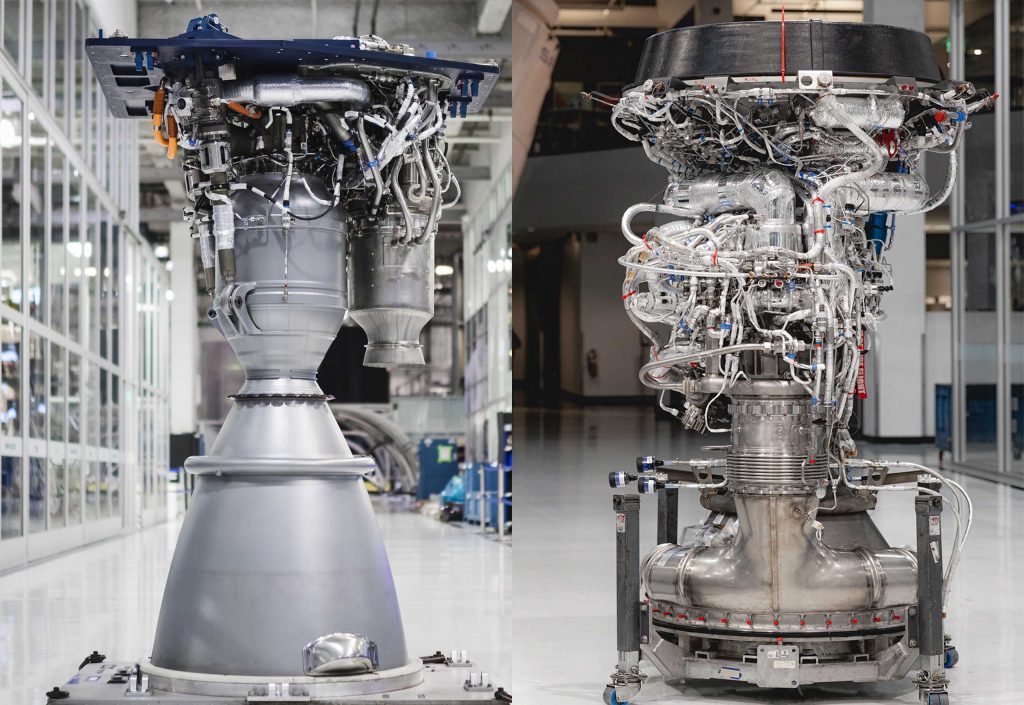
For example, even from a purely visual perspective, Merlin Vacuum (MVac) is substantially different when compared to the Merlin 1D engine it’s based on. Due to a number of major and largely unknown differences, the engines’ shared components are largely invisible. It’s unclear how similar they are but it’s safe to say that they share at least ~50% commonality. Obviously, the most apparent part of the difference between a vacuum-optimized engine and an atmosphere-optimized engine is the bell nozzle: MVac has a nozzle that is dramatically larger than M1D.
Raptor will be no different, with the sea-level variant featuring a nozzle about 1m (3.2 ft) in diameter, whereas RaptorVac’s bell will have a diameter closer to 2.5m (~8 ft). With SpaceX’s apparent May 2019 pivot back to working on RaptorVac now, the company has been working on a dedicated vacuum variant of the high-performance methane-oxygen engine for at least a full year. Now, perhaps beginning as early as June or July, Musk suggests that the first RaptorVac engine (SN0? SN1?) is almost ready to commence static fire testing.

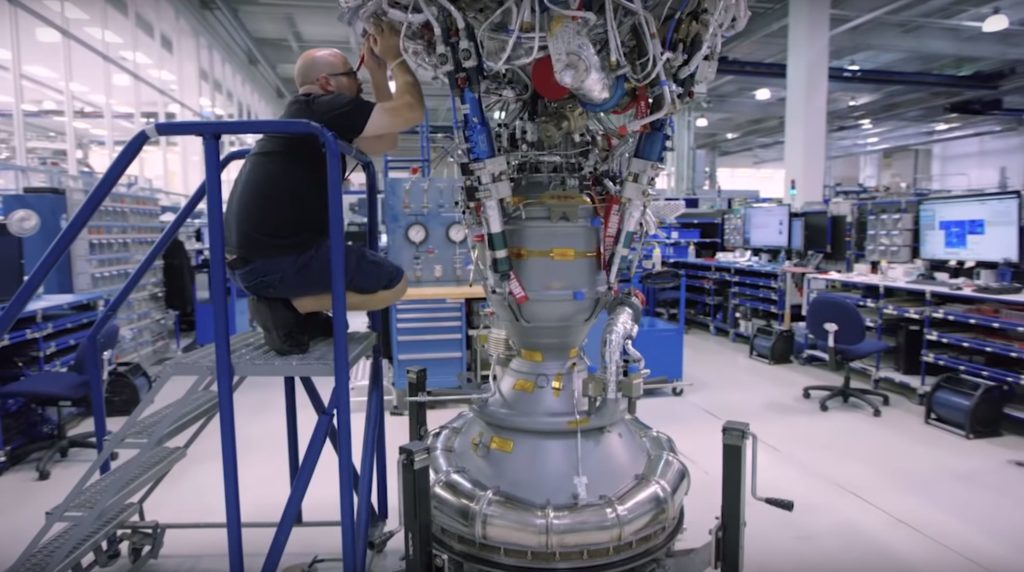

The nature of that testing is a bit of a mystery. While it will almost certainly occur at SpaceX’s McGregor, Texas test and development facilities, it’s unclear if Raptor Vacuum’s first static fire test campaign will be attempted with the engine’s extended nozzle installed. Back in October 2019, Musk suggested that yes, Raptor Vacuum version 1.0 would have a nozzle small enough to operate at sea level without destroying itself or its test facilities. With Merlin Vacuum engines, SpaceX performs acceptance tests in Texas but only without their nozzle extensions installed. If Musk’s October 2019 comments remain true, that may not be the case for RaptorVac.
Either way, it will be thoroughly interesting to note the differences between RaptorVac and its sea level-optimized predecessor if or when Elon Musk or SpaceX releases photos of their newest engine as it nears its first major tests. Simultaneously, SpaceX is also readying a sea-level Raptor for its inaugural static fire test while attached to a full-scale Starship prototype, while the first test with three Raptor engines installed could be attempted just a few weeks from now.

Elon Musk
SpaceX issues statement on Starship V3 Booster 18 anomaly
The incident unfolded during gas-system pressure testing at the company’s Massey facility in Starbase, Texas.

SpaceX has issued an initial statement about Starship Booster 18’s anomaly early Friday. The incident unfolded during gas-system pressure testing at the company’s Massey facility in Starbase, Texas.
SpaceX’s initial comment
As per SpaceX in a post on its official account on social media platform X, Booster 18 was undergoing gas system pressure tests when the anomaly happened. Despite the nature of the incident, the company emphasized that no propellant was loaded, no engines were installed, and personnel were kept at a safe distance from the booster, resulting in zero injuries.
“Booster 18 suffered an anomaly during gas system pressure testing that we were conducting in advance of structural proof testing. No propellant was on the vehicle, and engines were not yet installed. The teams need time to investigate before we are confident of the cause. No one was injured as we maintain a safe distance for personnel during this type of testing. The site remains clear and we are working plans to safely reenter the site,” SpaceX wrote in its post on X.
Incident and aftermath
Livestream footage from LabPadre showed Booster 18’s lower half crumpling around the liquid oxygen tank area at approximately 4:04 a.m. CT. Subsequent images posted by on-site observers revealed extensive deformation across the booster’s lower structure. Needless to say, spaceflight observers have noted that Booster 18 would likely be a complete loss due to its anomaly.
Booster 18 had rolled out only a day earlier and was one of the first vehicles in the Starship V3 program. The V3 series incorporates structural reinforcements and reliability upgrades intended to prepare Starship for rapid-reuse testing and eventual tower-catch operations. Elon Musk has been optimistic about Starship V3, previously noting on X that the spacecraft might be able to complete initial missions to Mars.
Investor's Corner
Tesla analyst maintains $500 PT, says FSD drives better than humans now
The team also met with Tesla leaders for more than an hour to discuss autonomy, chip development, and upcoming deployment plans.

Tesla (NASDAQ:TSLA) received fresh support from Piper Sandler this week after analysts toured the Fremont Factory and tested the company’s latest Full Self-Driving software. The firm reaffirmed its $500 price target, stating that FSD V14 delivered a notably smooth robotaxi demonstration and may already perform at levels comparable to, if not better than, average human drivers.
The team also met with Tesla leaders for more than an hour to discuss autonomy, chip development, and upcoming deployment plans.
Analysts highlight autonomy progress
During more than 75 minutes of focused discussions, analysts reportedly focused on FSD v14’s updates. Piper Sandler’s team pointed to meaningful strides in perception, object handling, and overall ride smoothness during the robotaxi demo.
The visit also included discussions on updates to Tesla’s in-house chip initiatives, its Optimus program, and the growth of the company’s battery storage business. Analysts noted that Tesla continues refining cost structures and capital expenditure expectations, which are key elements in future margin recovery, as noted in a Yahoo Finance report.
Analyst Alexander Potter noted that “we think FSD is a truly impressive product that is (probably) already better at driving than the average American.” This conclusion was strengthened by what he described as a “flawless robotaxi ride to the hotel.”
Street targets diverge on TSLA
While Piper Sandler stands by its $500 target, it is not the highest estimate on the Street. Wedbush, for one, has a $600 per share price target for TSLA stock.
Other institutions have also weighed in on TSLA stock as of late. HSBC reiterated a Reduce rating with a $131 target, citing a gap between earnings fundamentals and the company’s market value. By contrast, TD Cowen maintained a Buy rating and a $509 target, pointing to strong autonomous driving demonstrations in Austin and the pace of software-driven improvements.
Stifel analysts also lifted their price target for Tesla to $508 per share over the company’s ongoing robotaxi and FSD programs.
Elon Musk
SpaceX Starship Version 3 booster crumples in early testing
Photos of the incident’s aftermath suggest that Booster 18 will likely be retired.

SpaceX’s new Starship first-stage booster, Booster 18, suffered major damage early Friday during its first round of testing in Starbase, Texas, just one day after rolling out of the factory.
Based on videos of the incident, the lower section of the rocket booster appeared to crumple during a pressurization test. Photos of the incident’s aftermath suggest that Booster 18 will likely be retired.
Booster test failure
SpaceX began structural and propellant-system verification tests on Booster 18 Thursday night at the Massey’s Test Site, only a few miles from Starbase’s production facilities, as noted in an Ars Technica report. At 4:04 a.m. CT on Friday, a livestream from LabPadre Space captured the booster’s lower half experiencing a sudden destructive event around its liquid oxygen tank section. Post-incident images, shared on X by @StarshipGazer, showed notable deformation in the booster’s lower structure.
Neither SpaceX nor Elon Musk had commented as of Friday morning, but the vehicle’s condition suggests it is likely a complete loss. This is quite unfortunate, as Booster 18 is already part of the Starship V3 program, which includes design fixes and upgrades intended to improve reliability. While SpaceX maintains a rather rapid Starship production line in Starbase, Booster 18 was generally expected to validate the improvements implemented in the V3 program.
Tight deadlines
SpaceX needs Starship boosters and upper stages to begin demonstrating rapid reuse, tower catches, and early operational Starlink missions over the next two years. More critically, NASA’s Artemis program depends on an on-orbit refueling test in the second half of 2026, a requirement for the vehicle’s expected crewed lunar landing around 2028.
While SpaceX is known for diagnosing failures quickly and returning to testing at unmatched speed, losing the newest-generation booster at the very start of its campaign highlights the immense challenge involved in scaling Starship into a reliable, high-cadence launch system. SpaceX, however, is known for getting things done quickly, so it would not be a surprise if the company manages to figure out what happened to Booster 18 in the near future.








